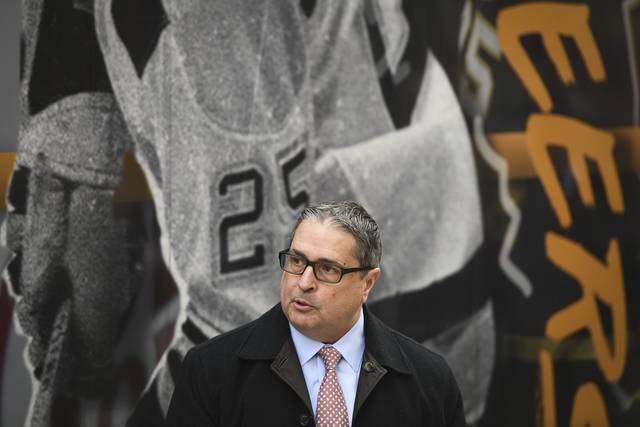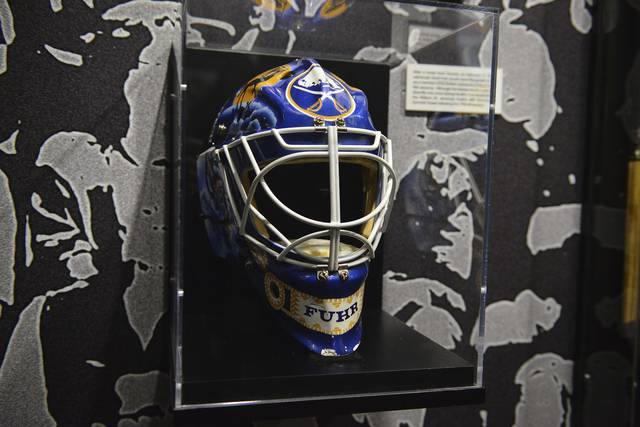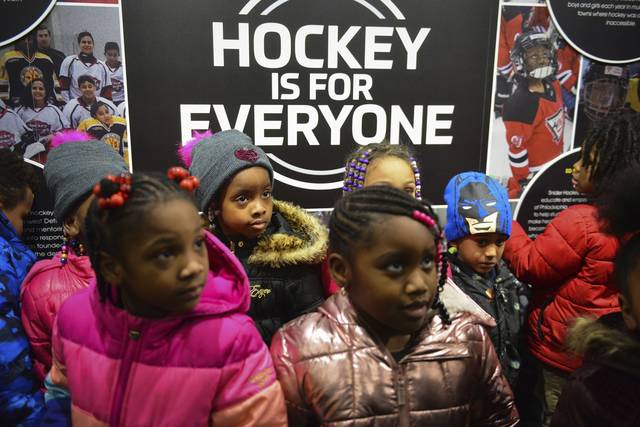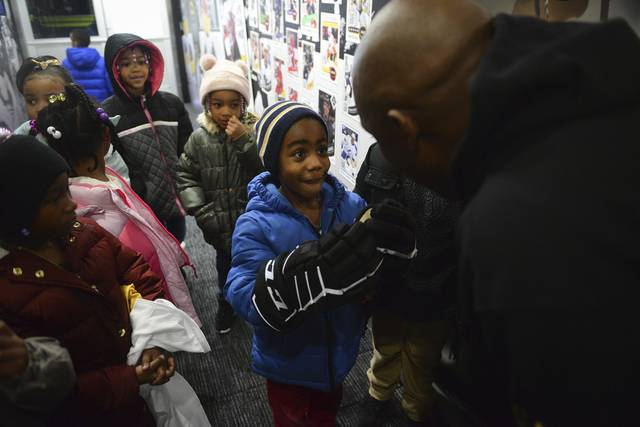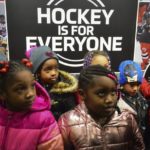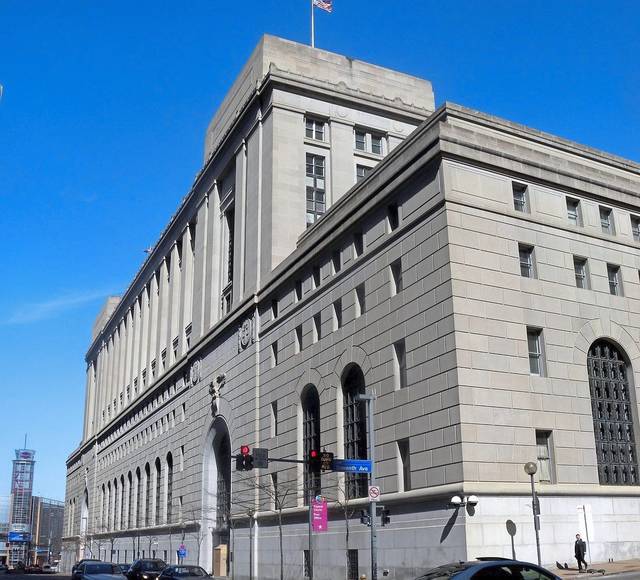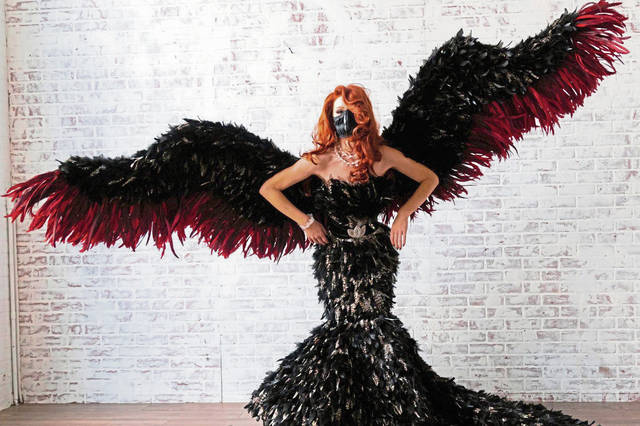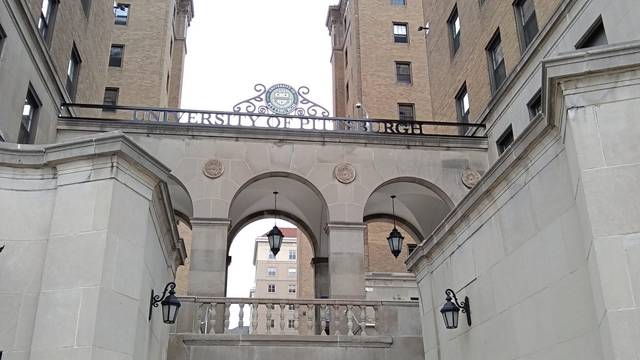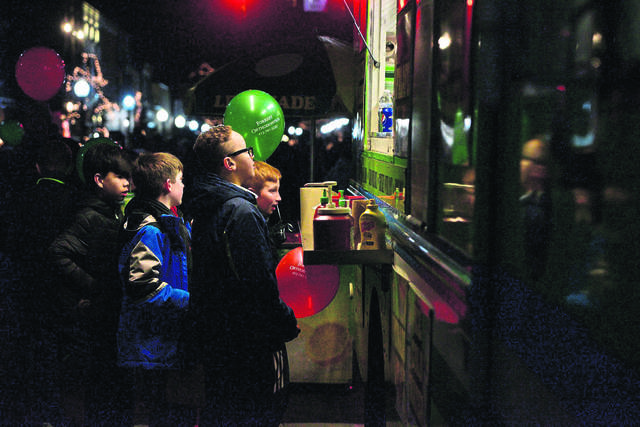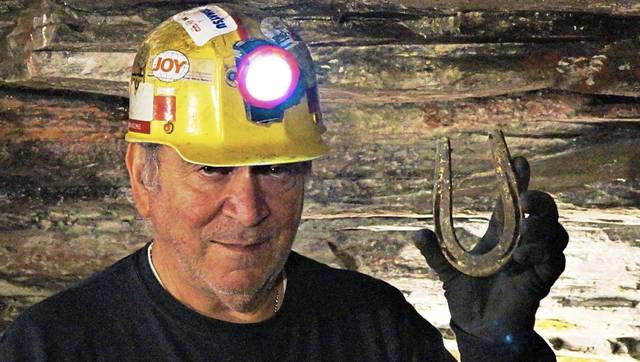When Kwame Mason was a pre-teen and a high scoring right wing for the Toronto Aeros of the Greater Toronto Hockey League, he wanted to be like Guy Lafleur, the high flying right wing for the Montreal Canadiens.
“When you’re playing hockey out with your friends, you always say ‘I’m going to be x player or y player’ and I remember saying: ‘Hey, I’m going to be Guy Lafleur.’ When he used to skate, his blonde hair was flowing in the wind. I loved that guy,” Mason said. “And I remember this kid saying to me ‘You can’t be Guy Lafleur because Guy Lafleur is white.’”
When Mason got together with his black friends, they told him, “We’re not playing hockey, that’s a white boy’s sport.”
So, at age 13, Mason quit playing hockey.
It’s a decision he now regrets.
These days he’s making sure that current generations are aware of the prominent black players of the past and present. He is the co-curator of the NHL’s Black Hockey History Mobile Museum. The 90 feet by 15 feet museum built inside a tour bus is the centerpiece of the NHL’s Black Hockey History Tour.
“What it made me think years later when I got older is that I did not have anybody to look up to,” said Mason. “At that time there were (black) guys like Mike Marston and Tony McKegney who were playing or Willie O’Ree but I had never seen those guys play so I didn’t have a role model.”
The tour bus made stops in Pittsburgh on Friday, including the Miller African Centered Academy, an elementary school in the city’s Hill District. The Pittsburgh Penguins Community Outreach and the Black Girl Hockey Club sponsored the event.
Students toured the museum which featured locker stalls of former black Penguins players Trevor Daley, Ryan Reaves, and Jarome Iginla. They tried on hockey gloves and helmets.
“We have a museum that really gives people a chance to touch and feel and smell the history of black athletes in the game,” said Mason. “What I see this doing is making kids be able to look around and say ‘I see Jarome Iginla, Ryan Reaves, Trevor Daley, I can see their jersey and their faces and when I see their faces, they look like mine. If they can do it, maybe I can do it.”
Jaden Hutchinson, a first grader at Miller, sat comfortably in Trevor Daley’s locker and said that he liked playing hockey.
“I like how they shoot the puck in the net and score,” he said.
The museum also featured a Boston Bruins jersey worn by Willie O’Ree, the NHL’s first black player. There was a mask worn by Hockey Hall of Fame goalie Grant Fuhr when he played for the Buffalo Sabres and a stick used by Reggie Savage, one of only five NHL players to score his first NHL goal on a penalty shot.
“With the growth of hockey, the National Hockey League and the hockey industry has a responsibility to make sure that people know that hockey is for everyone and to take away all these stereotypes,” said Mason. “We need to go into the Black and Hispanic communities and say ‘just because you don’t see as many people like you in this particular field doesn’t mean that you can’t do it.”
Penguins President and CEO, David Morehouse talked about the challenges facing inner city kids who want to play hockey.
“I grew up in Beechview,” he said. “I played street hockey on a basketball court. We couldn’t get to an ice rink. That’s the same thing with neighborhoods like the Hill District. My goal is not only to get more African-American kids playing hockey, but I want to draft an NHL player from the Hill District. Now that’s easy to say. But if anyone is a hockey parent and anyone’s been around hockey, that’s going to take a lot of work and we’re going to need the NHL’s help.”
As part of this weekend’s events, the Penguins will host a screening of “Soul on Ice: Past, Present, & Future,” a documentary film directed, produced, and written by Kwame Mason which tells the story of the Colored Hockey League and the history of black players in ice hockey in the United States and Canada. The event which includes a panel discussion begins at 11 a.m.
“We can’t just say that the history of black athletes in hockey starts with the P.K. Subbans and the Wayne Simmonds. It goes all the way back to the 1800s,” said Mason.





